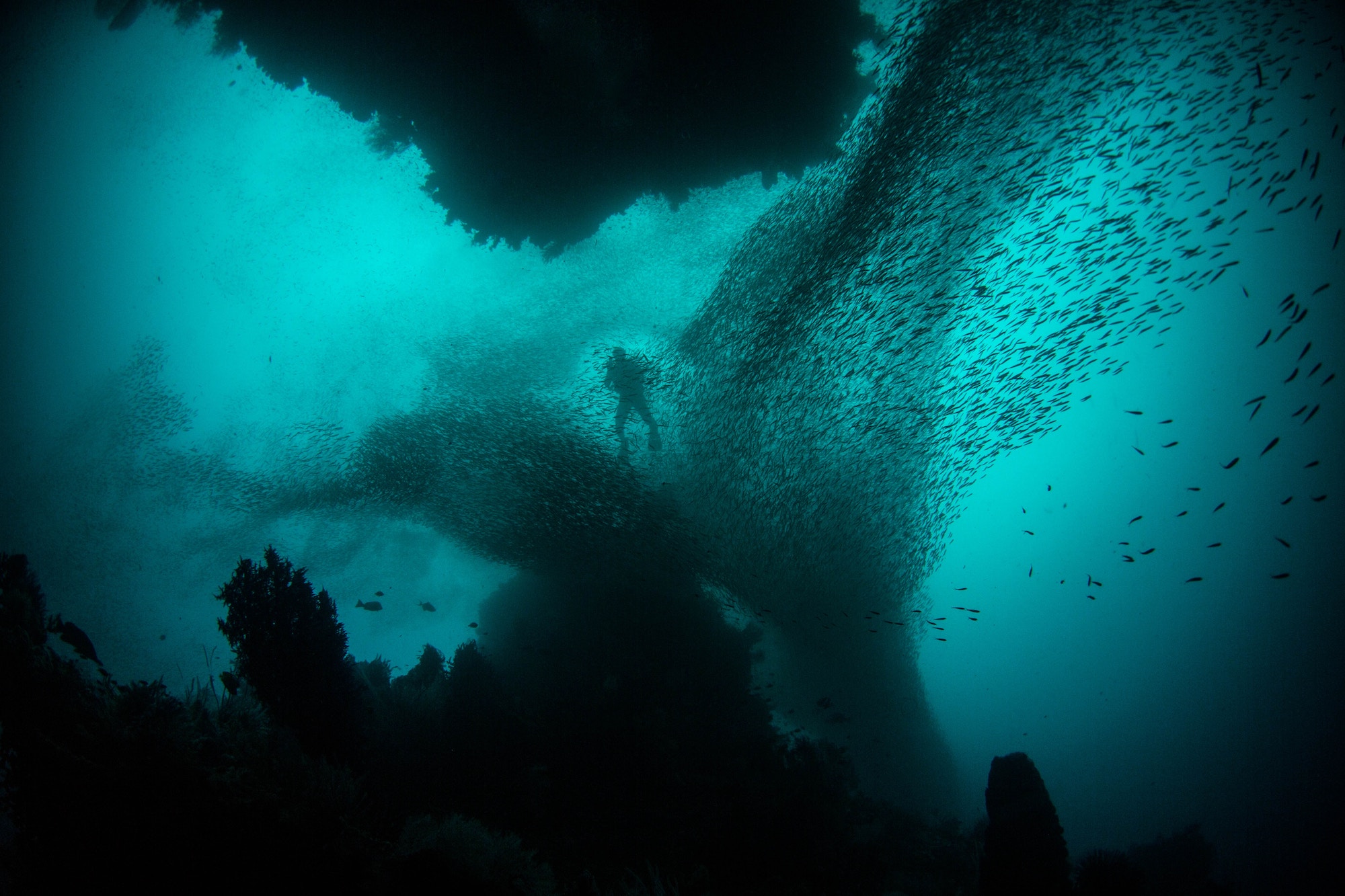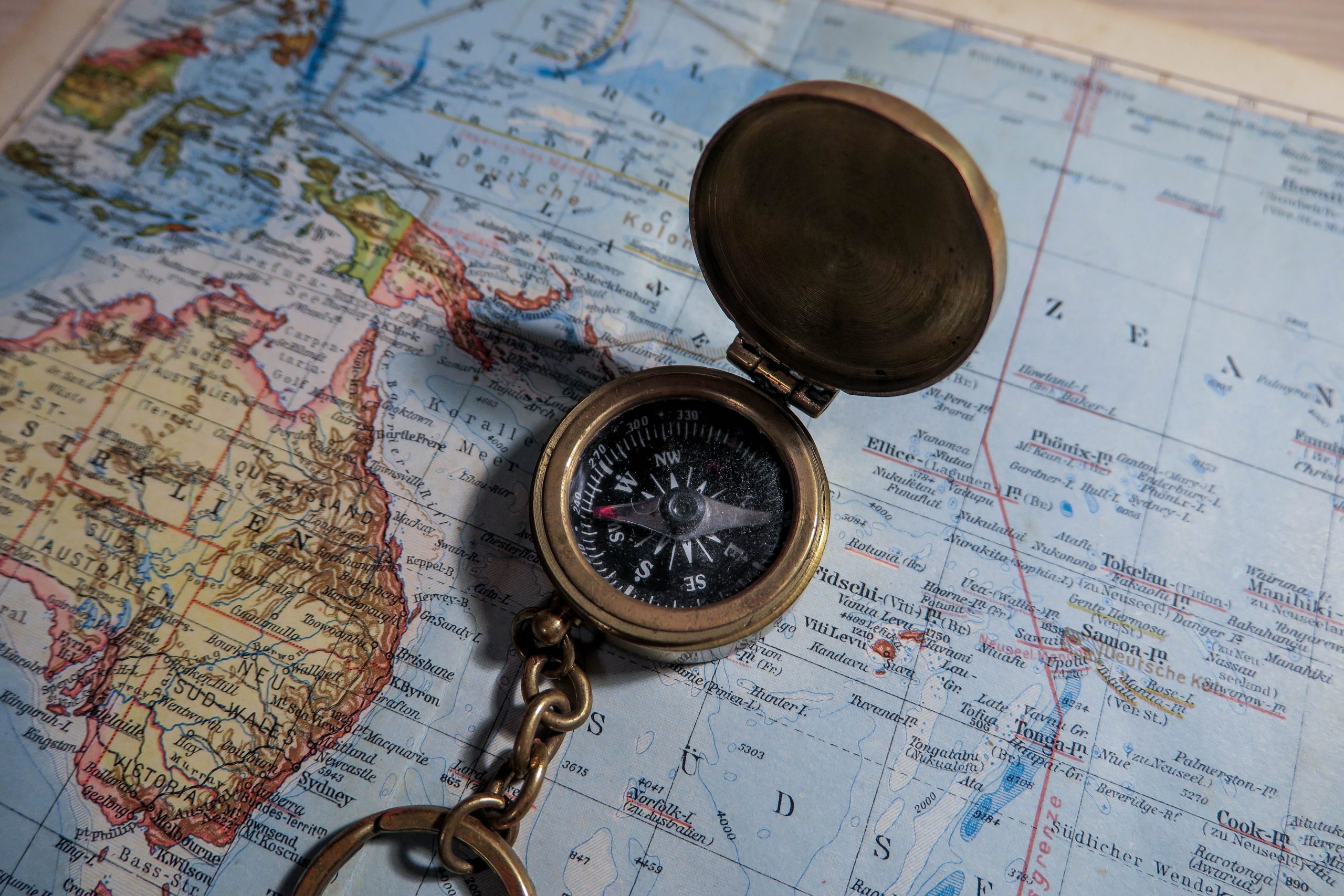In the wake of the devastating loss and damage caused by Hurricane Dorian in 2019, the University of The Bahamas announced the establishment of the Climate Change Adaptation and Resilience Research Centre (CCARR) in an attempt to give renewed focus to research about the human dimensions of climate change from a small island developing state (SIDS) perspective. “Research on climate change has long been dominated by institutions in the industrialized countries,” explains Adelle Thomas, lead author in the IPCC Sixth Assessment Report and the Special Report on 1.5°C, and Director of the CCARR Centre, “This has resulted in a research gap, with far fewer climate change studies focused on small islands as compared to other places in the world.”
The Centre aims to bridge this gap and ensure that the perspectives and priorities of small island developing states (SIDS) are brought to the foreground in both research and policy circles. Chief among these are concerns about loss and damage as developing countries continue to pay the price for climate change that they have not caused.
With extreme weather events continuing to increase, developing countries cannot cover the costs of escalating loss and damage with humanitarian aid and disaster relief alone and with COP27 just around the corner, researchers such as Dr. Thomas are pushing for the establishment of a dedicated fund under the UNFCCC to address loss and damage.
In what ways have you witnessed the effects of climate change in the Bahamas?
Already at 1 degree Celsius of warming, we are seeing the effects of climate change in the Bahamas. The starkest example is the 2019 Hurricane Dorian, a category 5 hurricane that was the strongest on record to ever make landfall in the Bahamas. We could only watch in dismay as the record-breaking storm moved over our northern islands at a snail’s pace of 1 mile per hour, causing annihilation, making over 70,000 people homeless, and resulting in significant levels of both economic and non-economic loss and damage. However, this was not an isolated incident. Just two years previously, in 2017, hurricanes in the Caribbean broke records, resulting in immeasurable impacts, including making an entire island uninhabitable, leading to all of the residents vacating. Records of extreme events continue to be broken around the globe, highlighting that what we are experiencing in the Bahamas is not an isolated incident but a trend in increased intensity of extreme events around the globe and escalating loss and damage being experienced by the most vulnerable.
Could you give some background on your work at Climate Analytics and the Climate Change Adaptation and Resilience Research Centre at the University of the Bahamas?
My work focuses on adaptation and loss and damage, with a particular focus on small island developing states. I am a lead author with the IPCC, where I’ve led the assessment of limits to adaptation and am part of the team that assessed the latest science on loss and damage. I conduct scientific research and also support countries and regions with policy and project development approaches to adaptation and loss and damage at sub-national, national and international scales. I’ve been actively engaging in the UNFCCC negotiations as a member of the Technology Executive Committee, a member of Expert Groups for the Warsaw International Mechanism on Loss and Damage, and as scientific advisor. My experiences across science, policy and implementation of adaptation and loss and damage approaches have provided me with a deep understanding of the challenges facing developing countries, in particular in addressing these pressing issues.
Why is it significant to have a specific research centre with a focus on loss and damage located on a small island developing state?
As Small Island Developing States (SIDS), we have contributed the least to global warming but we are most affected by its impacts. Research on climate change has long been dominated by institutions in industrialized countries, with far less research coming from those of us that are already experiencing climate change impacts. This has resulted in a research gap, with far fewer climate change studies focused on small islands as compared to other places in the world. The CCARR Centre responds to this gap by creating a space for much-needed research on the challenges facing small islands as it relates to climate change. It is critical that there is research about loss and damage that comes directly from institutions based in SIDS and that is led by researchers from SIDS. This ensures that the perspectives, experiences, and priorities of small islanders are well captured and represented.
We investigate historical factors and contemporary conditions of Haitian communities in The Bahamas that resulted in significant inequities, disproportional impacts and infractions of human rights after Hurricane Dorian. #LossAndDamage #SIDS https://t.co/O1hK1RROzg
— Adelle Thomas (@adelle_SIDS) October 20, 2022
Do you expect COP27 to culminate in significant progress on loss and damage? What would a successful outcome look like?
COP27 is the culmination of decades of advocacy on the need for concrete action and support to address loss and damage that is already being experienced and is escalating. There are high expectations for a loss and damage financial fund to be established at COP27, after this was delayed at COP26. A successful outcome on loss and damage at COP27 would see the establishment of a dedicated fund under the UNFCCC to address loss and damage, new and additional finance for addressing loss and damage, operationalization of the Santiago Network on Loss and Damage, and inclusion of loss and damage as a separate area of climate action, in addition to mitigation and adaptation, as part of the new quantitative financial goal.
What should we learn from the shortcomings of COP26?
COP26 resulted in an unfortunate kicking of the loss and damage ball down the road, continuing years of discussion without actually providing action and support. COP26 also showed that there is strong solidarity among developing countries around the need for concrete action for loss and damage under the UNFCCC. The momentum from COP26 has built, and there are extremely high expectations that COP27 will result in developed countries finally responding to the needs of the developing world that is already struggling with current levels of loss and damage.
Were discussions of loss and damage at the recent United Nations General Assembly (UNGA) a step in the right direction for addressing loss and damage effectively?
Discussions at the UNGA highlighted the growing call for long-overdue action and support for loss and damage. Having loss and damage as a topic of discussion at the UNGA shows that this is an issue that can no longer be ignored and that addressing loss and damage is a critical component of climate action, along with mitigation and adaptation.
What are the main challenges facing Small Island States in managing loss and damage?
Small islands are currently footing most of the bill to respond to loss and damage from their national budgets. Households and communities that are being affected by loss and damage are paying to recover from these negative impacts with their own limited resources. Humanitarian aid and disaster relief are simply not enough to cover the costs of the escalating loss and damage that small islands are already experiencing. As a result, countries and communities are using their own limited resources to respond to the impacts of climate change, of which they are not responsible. This then takes away financial resources from other sustainable development priorities, such as education, health care and good governance, and ends up making these countries more vulnerable to climate change impacts.
 Adelle Thomas is a lead author in the IPCC Sixth Assessment Report and the Special Report on 1.5°C, Director of the Climate Change Adaptation and Resilience Research Centre at the University of the Bahamas and author of a variety of academic publications on aspects of social vulnerability, adaptation strategies and loss and damage.
Adelle Thomas is a lead author in the IPCC Sixth Assessment Report and the Special Report on 1.5°C, Director of the Climate Change Adaptation and Resilience Research Centre at the University of the Bahamas and author of a variety of academic publications on aspects of social vulnerability, adaptation strategies and loss and damage.






